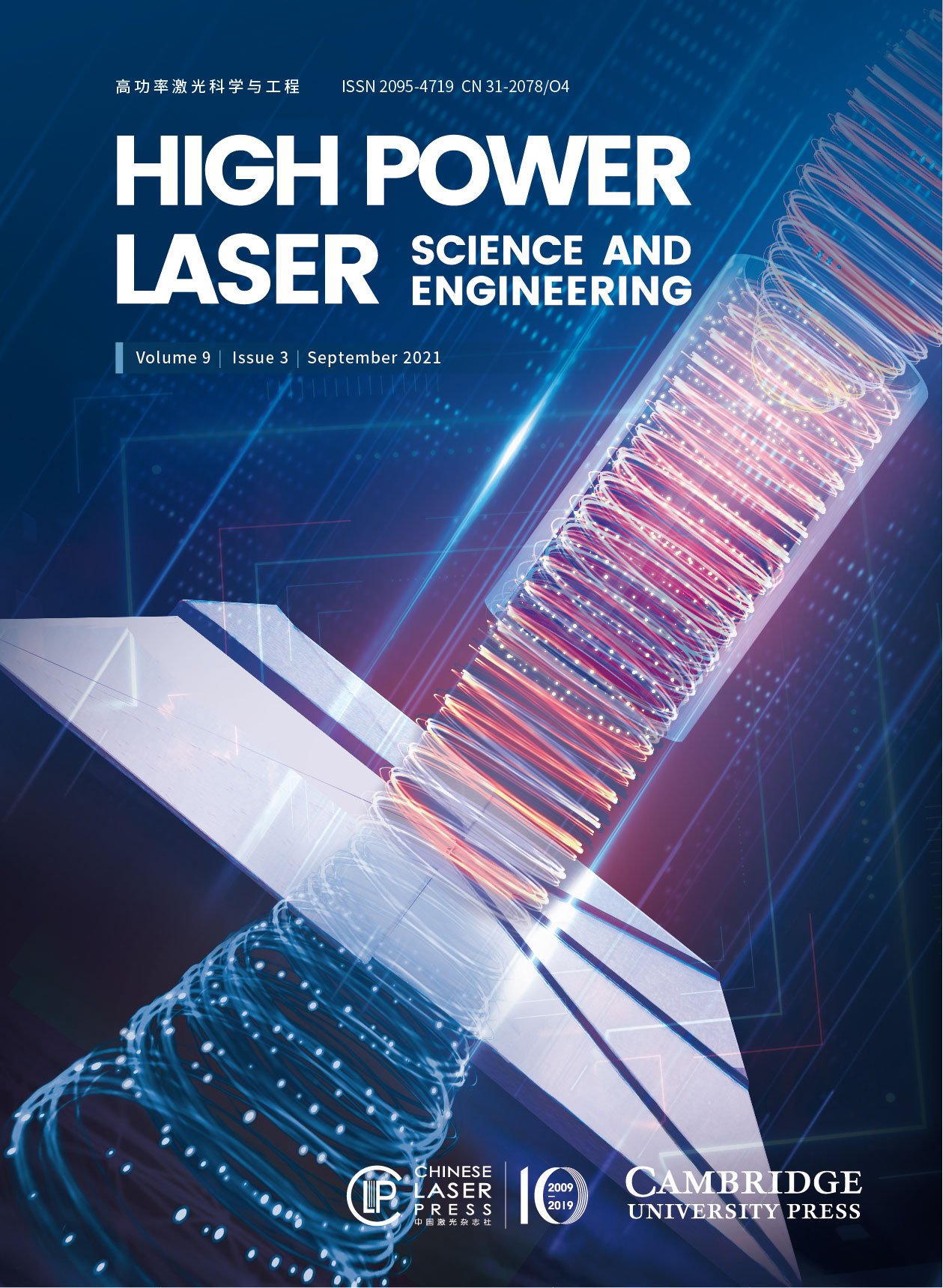Hao Zhang, Jie Zhao, Yanting Hu, Qianni Li, Yu Lu, Yue Cao, Debin Zou, Zhengming Sheng, Francesco Pegoraro, Paul McKenna, Fuqiu Shao, and Tongpu Yu
X/γ-rays have many potential applications in laboratory astrophysics and particle physics. Although several methods have been proposed for generating electron, positron, and X/γ-photon beams with angular momentum (AM), the generation of ultra-intense brilliant γ-rays is still challenging. Here, we present an all-optical scheme to generate a high-energy γ-photon beam with large beam angular momentum (BAM), small divergence, and high brilliance. In the first stage, a circularly polarized laser pulse with intensity of 1022 W/cm2 irradiates a micro-channel target, drags out electrons from the channel wall, and accelerates them to high energies via the longitudinal electric fields. During the process, the laser transfers its spin angular momentum (SAM) to the electrons’ orbital angular momentum (OAM). In the second stage, the drive pulse is reflected by the attached fan-foil and a vortex laser pulse is thus formed. In the third stage, the energetic electrons collide head-on with the reflected vortex pulse and transfer their AM to the γ-photons via nonlinear Compton scattering. Three-dimensional particle-in-cell simulations show that the peak brilliance of the γ-ray beam is $\sim 1{0}^{22}$ photons·s–1·mm–2·mrad–2 per 0.1% bandwidth at 1 MeV with a peak instantaneous power of 25 TW and averaged BAM of $1{0}^6\hslash$/photon. The AM conversion efficiency from laser to the γ-photons is unprecedentedly 0.67%.
Jan. 01, 1900
Vol. 9 Issue 3 03000e43 (2021)
 View fulltext
View fulltext















